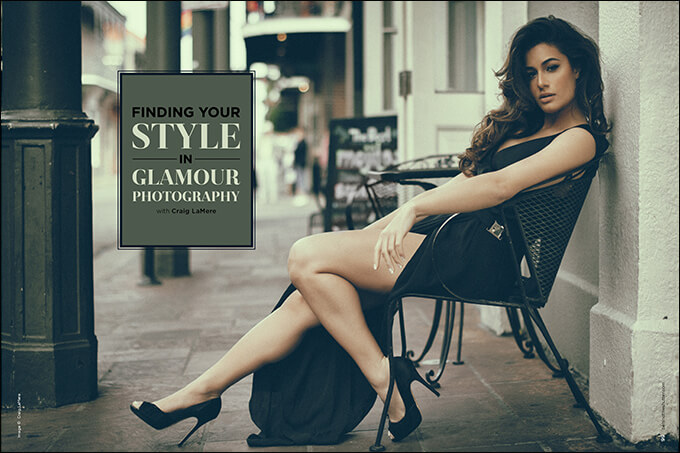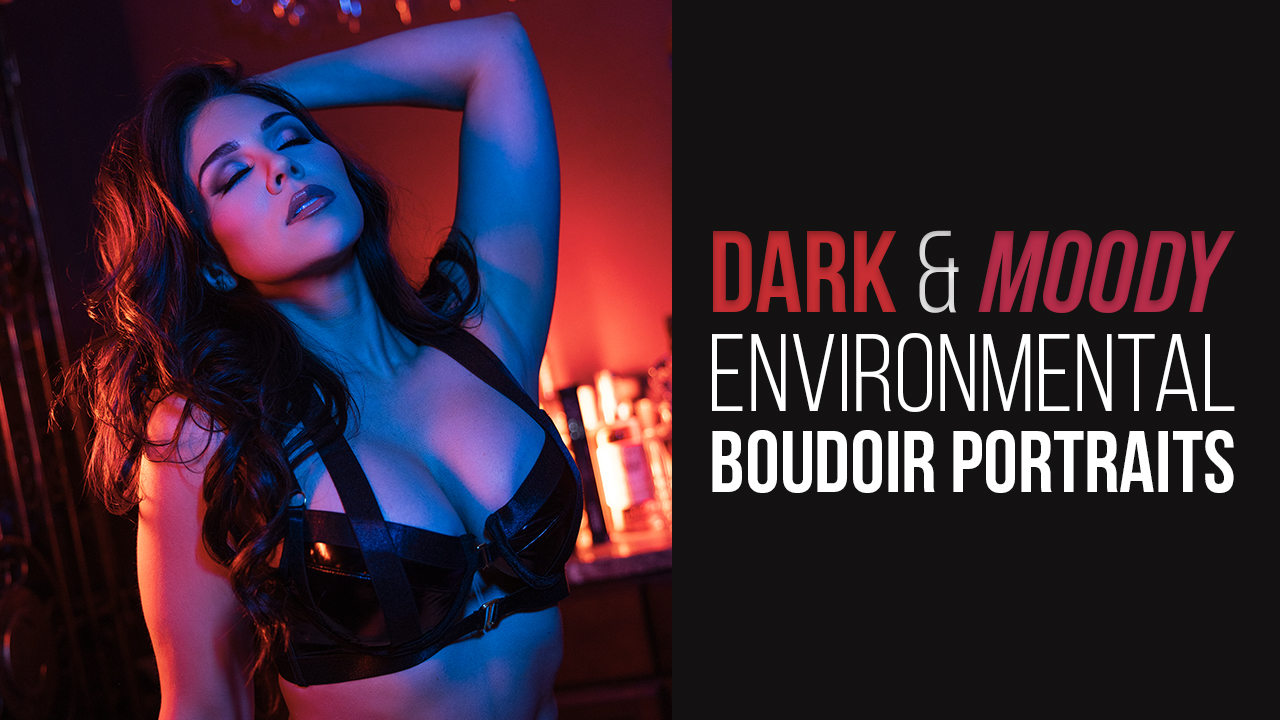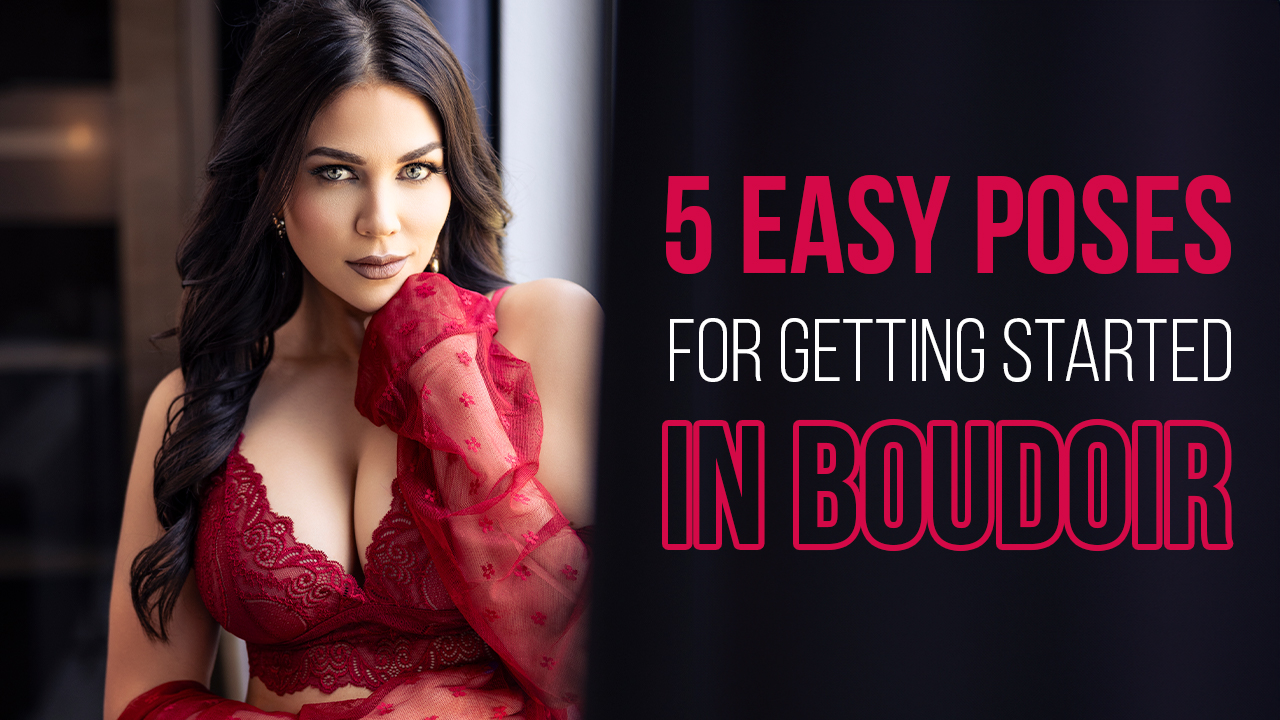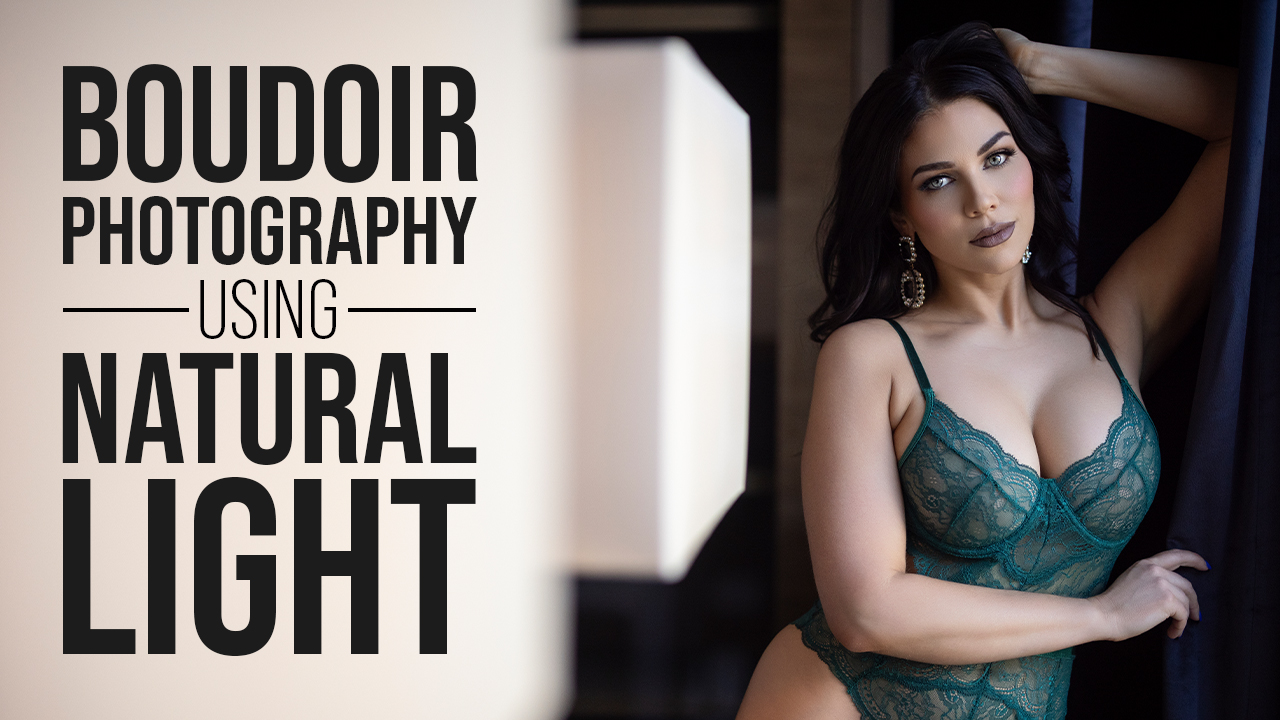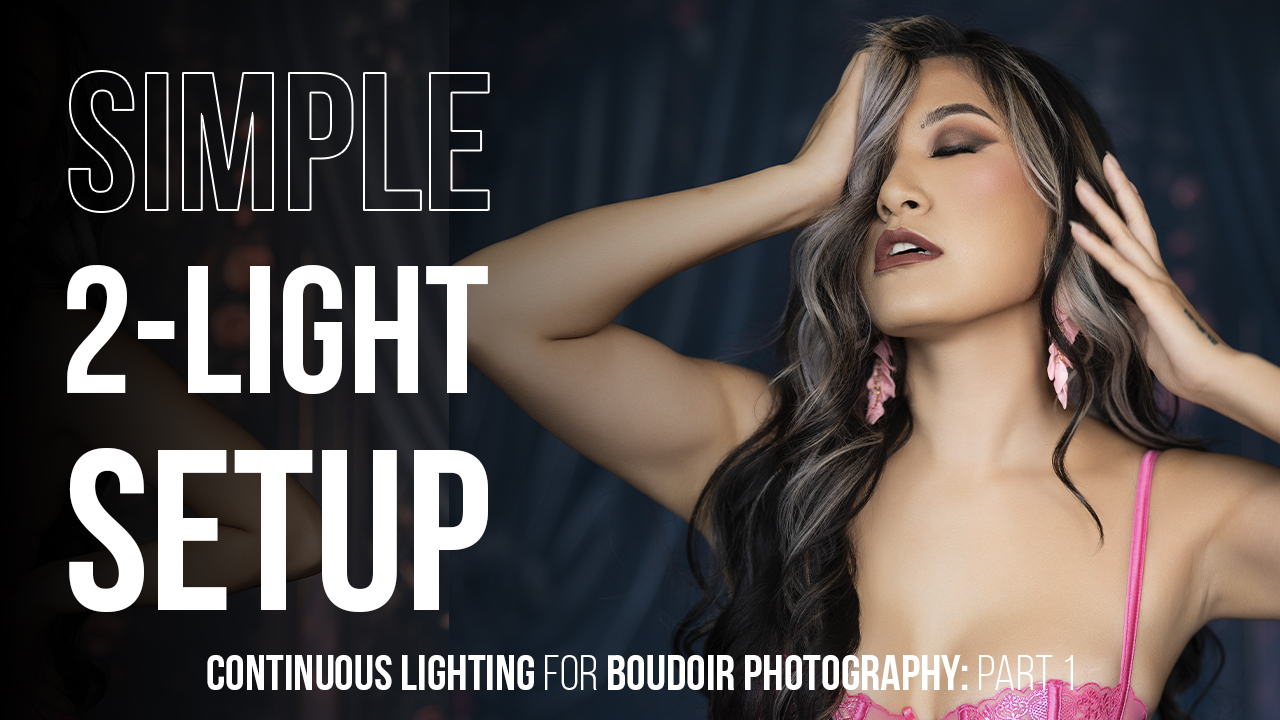Finding Your Style in Glamour Photography with Craig LaMere
Want more information on this article? Get access to video content and additional supporting images. Launch the January issue of the magazine by logging in or signing up for a free account by clicking here. Shutter Magazine is the industry’s leading professional photography magazine.
When you hear the term family photos, you know what family photos are; when you hear the term business headshot, you know what a business headshot is; and when you hear the term newborn pictures, you know exactly what that is. Two genres that are harder to pin down because they are always evolving are boudoir and glamour. This month, we look at my idea of glamour photography and some of the ways I shoot it.
Glamour to Me
When I was growing up in the 1980s, glamour meant denim jackets with raised collars, lots of makeup and hair teased to the moon with a gallon of hairspray. Nowadays, I look at glamour as a hybrid of boudoir and fashion. Some say glamour is more of what you would see in Maxim or Playboy, but that is not the definition I have adopted. Glamour has the sexiness associated with boudoir and the clothes associated with fashion. The two meet in the middle to create something unique.
I know a lot of women who feel confident in who they are, who embrace their age, who are proud of their position in life and who are comfortable with their sexuality. They want beautiful images of themselves, but do not want the stylizing that goes into a fashion shoot. They don’t want to be half naked, like in a boudoir shoot. For these clients, our version of glamour is the perfect genre. Glamour in my studio is all about making our clients feel sexy, beautiful and awesome by combining killer hair and makeup with dresses, gowns and lighting—but in a more conservative atmosphere than that of our fashion and boudoir sessions.
Hair and Makeup
For our glamour line, hair and makeup is one of the most important components to creating killer images. It sets the mood. One of the most powerful parts of boudoir for most clients is when they come into the studio as their regular self and, in a few hours, they are a whole new them.
This is the same for our glamour clients. They come into the studio clean-faced, no makeup, hair in a ponytail. Then they sit in the chair, and my badass stylist goes to work on her. We turn them into supermodels. They love it.
All woman want to feel pretty and special. That’s what we give them. Our clients are well taken care of. For many, this is their first time doing a session like this, so they are a little nervous. But this is also an opportunity for them to relax and let their nerves settle.
The actual hair and makeup is pretty standard: smoky eyes, big curl and, at some point in the shoot, we do an updo.
Clothing
We do a presession consult to gather the important information about our client. We find out hair type, skin type, body type and their overall comfort level for the shoot. We also start planning their wardrobe.
Wardrobe is where the hybrid nature of our glamour product starts to show. Most of our clients want to be sexy and show some cleavage and some leg, but they do not want to show off all the goods. Clients bring different dresses, mostly evening gowns.
I tell my clients that the clothes themselves, while important, are not the most important part of choosing wardrobe. The most important part is to make sure they can be 100 percent comfortable. Your client could show up with the greatest dress on earth, but if she does not feel good in it, you will get just okay images because her mind will be on everything but the shoot and she will never relax enough to kick ass.
Lighting and Backgrounds
My glamour product is more portrait-based than fashion or boudoir. So, even though my clients have great wardrobe, I’m focusing more on them than their clothes. For that reason, I also use very simple backgrounds and very soft lighting.
For glamour, I use hand-painted muslins. I love their tones and textures. I have about every tone and color of muslin you can imagine. The color of clients’ clothes doesn’t matter because I have a muslin in every tonal range. I like to keep everything in the same tonal range so my client is the focus of the image and is not competing with the drop.
Our lighting setups are very simple. We want soft and elegant images, which means big diffused light or directional diffused light. Elegance is about using a light pattern that flatters every body and skin type, which to me is loop light. To create the loop pattern, place your light at a height so that the middle of your box is above and 45 degrees down on your client. Then all you have to do is bring the light around till you see a little loop shadow on the side of the nose and light in both eyes. If you want a little more drama, pull the light back around until the shadow on the nose extends and connects with the cheek, which is a Rembrandt pattern.
I use constant florescent lights in a 3×4 box. The light from the constants is so buttery soft and forgiving that you can’t take a bad image. If you do not have constant florescent lights, use a large softbox—a 4×6 or a 52-inch octa—to get very pretty, soft light.
If you want more directional light, use a strip with your constant lights; the light source is so diffused that it does not become specular in the smaller box. This is one of the only times I do not use a grid with my strip. If you want more directional light with your strobe, use a small box, maybe a 2×3, but be very carful using a strobe with a strip; a strobe is too specular, making your light way too hard.
Though glamour has many definitions, my version works for my studio and my clients.
Want more information on this article? Get access to video content and additional supporting images. Launch the January issue of the magazine by logging in or signing up for a free account by clicking here. Shutter Magazine is the industry’s leading professional photography magazine.

